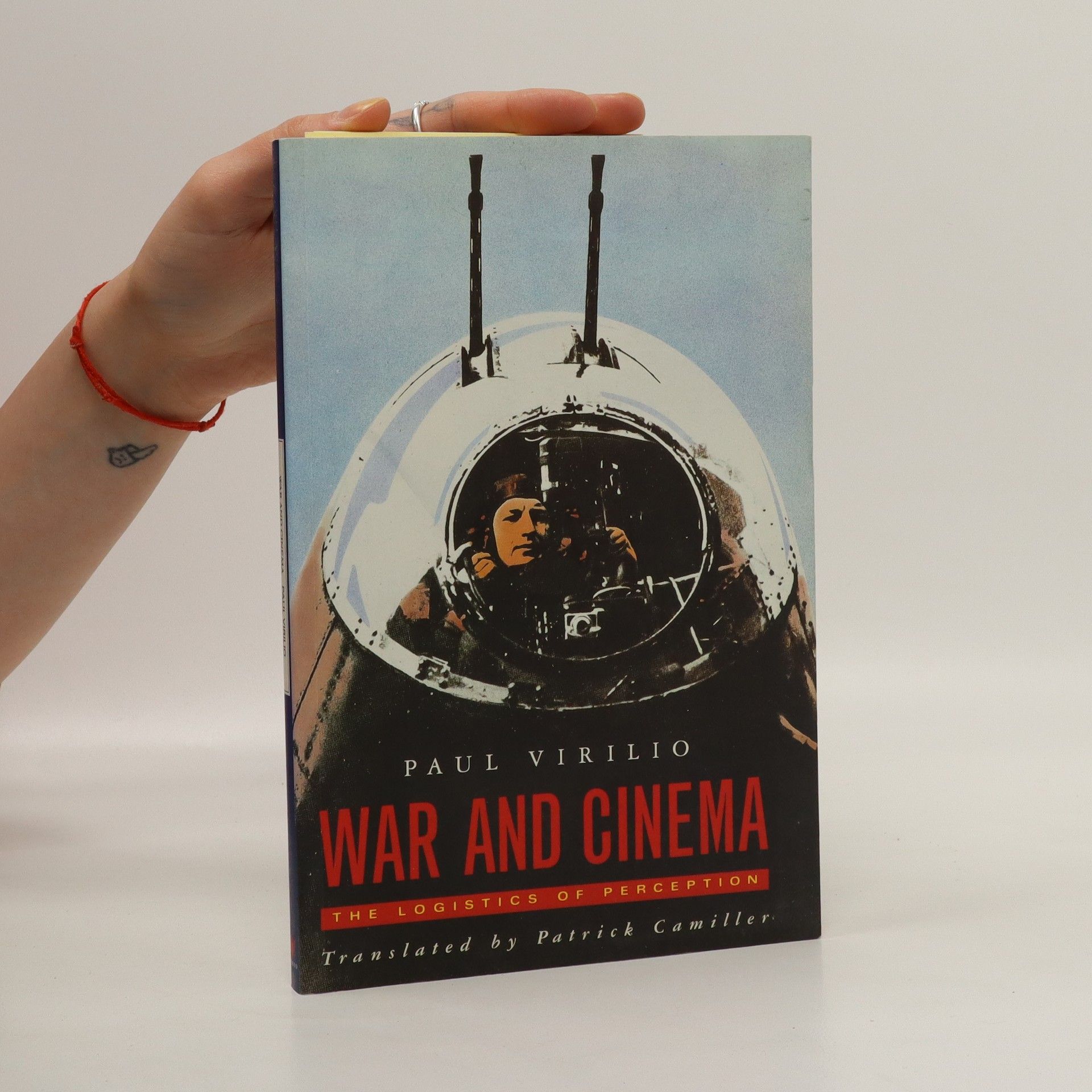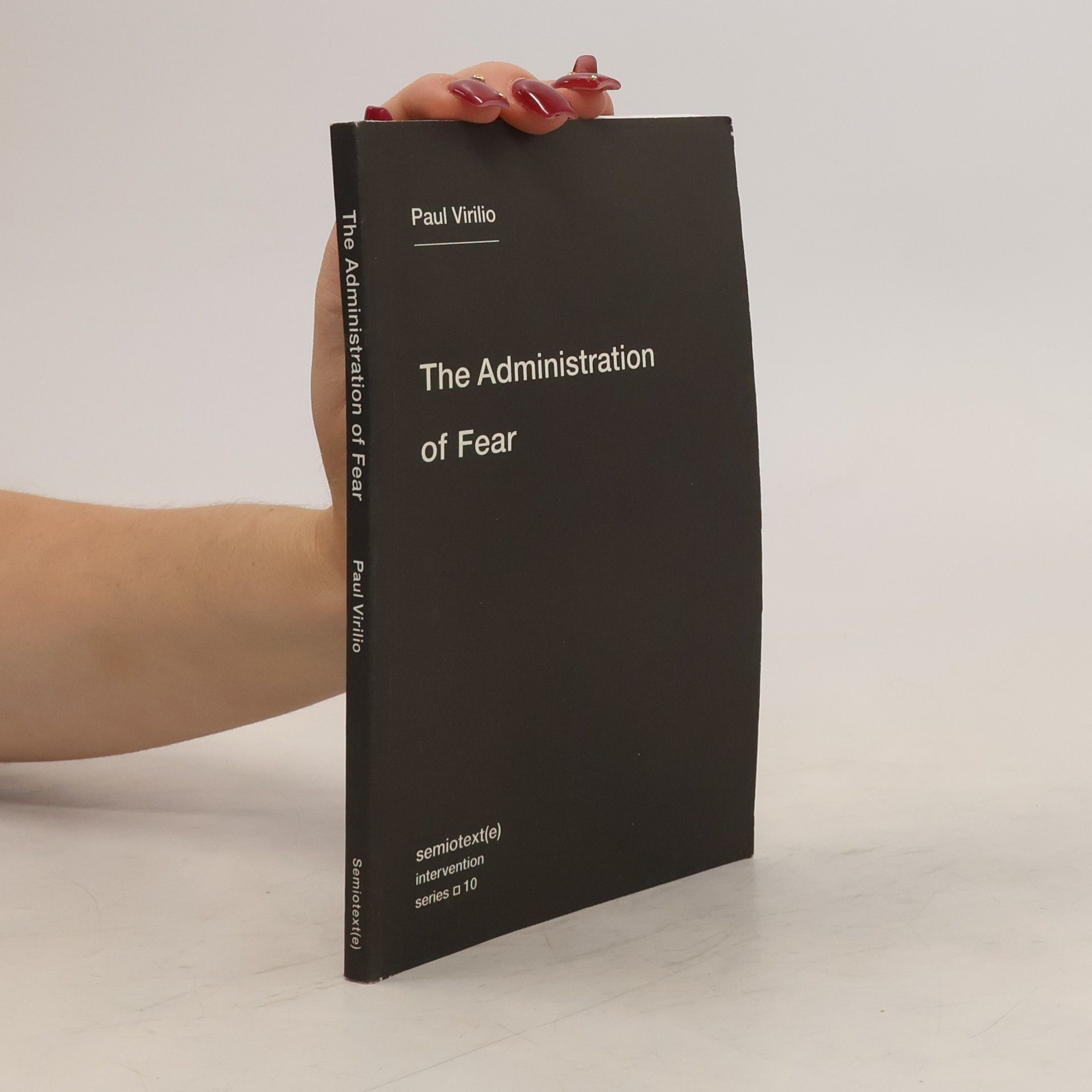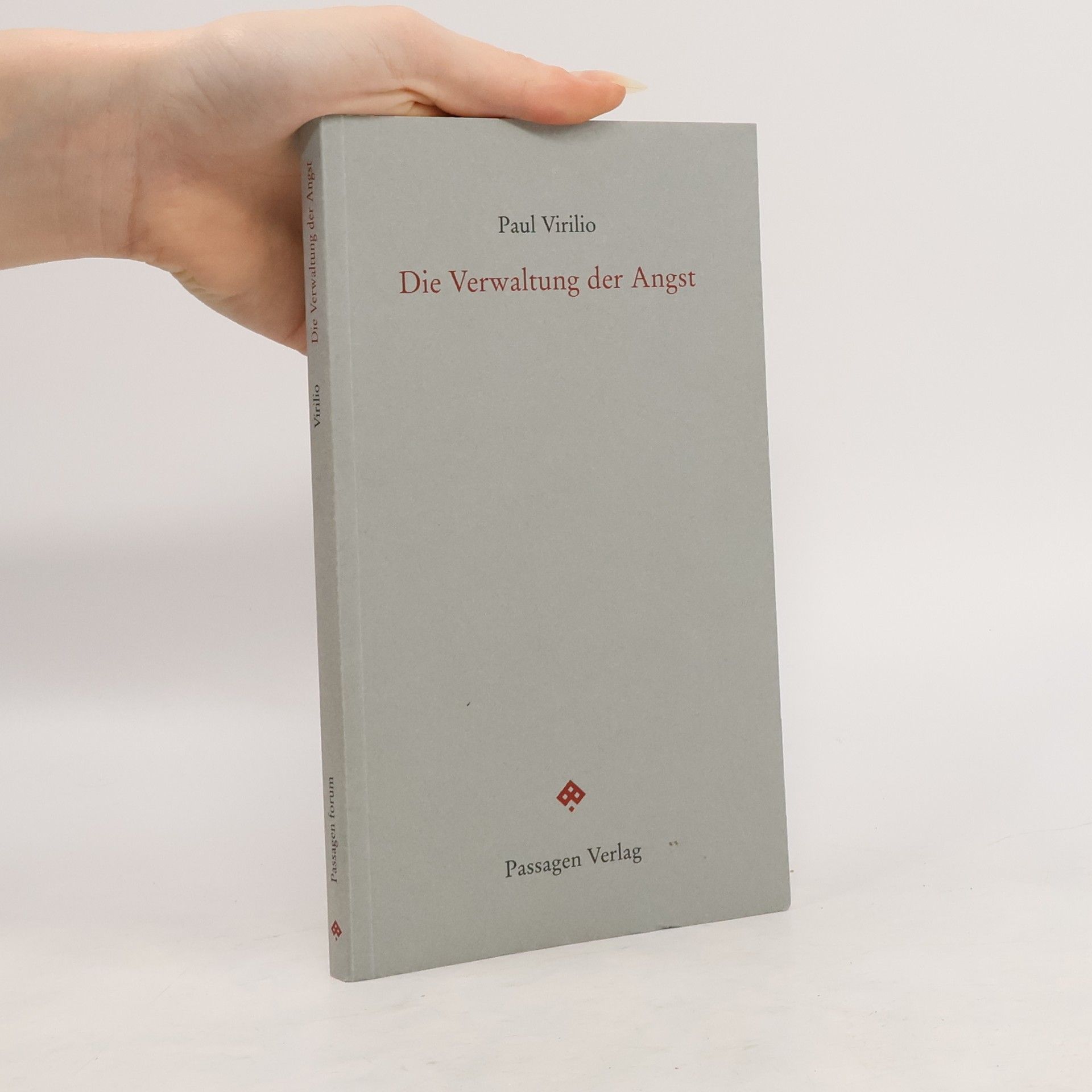Paul Virilio: Bunker-Archäologie
- 212 pages
- 8 hours of reading
Die Bunker-Archäologie von Paul Virilio bietet einen tiefen Einblick in die architektonischen und philosophischen Dimensionen der Bunker aus dem Zweiten Weltkrieg. Ursprünglich als Kunst-Glaser tätig, begann Virilio in den 1950er Jahren, diese Kriegsbauten zu fotografieren und erkannte in ihnen "Vorboten einer neuen Architektur". Sein Werk verbindet Themen wie militärischen Raum, Kommunikationskrieg und die Reflexion über die Gegenwart. Die Neuedition anlässlich einer Ausstellung im Centre Pompidou macht seine zeitlosen Ideen erneut zugänglich und relevant.





